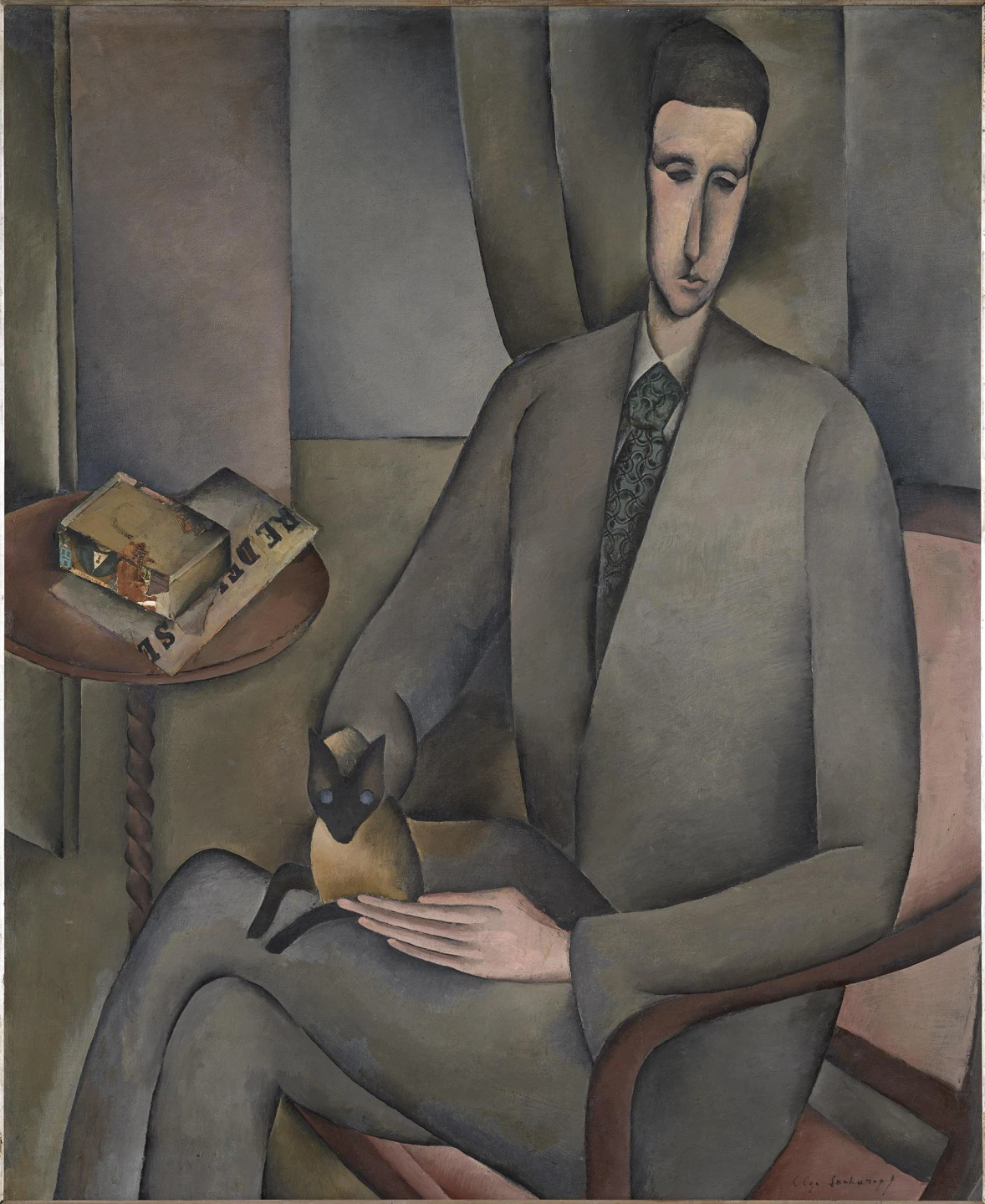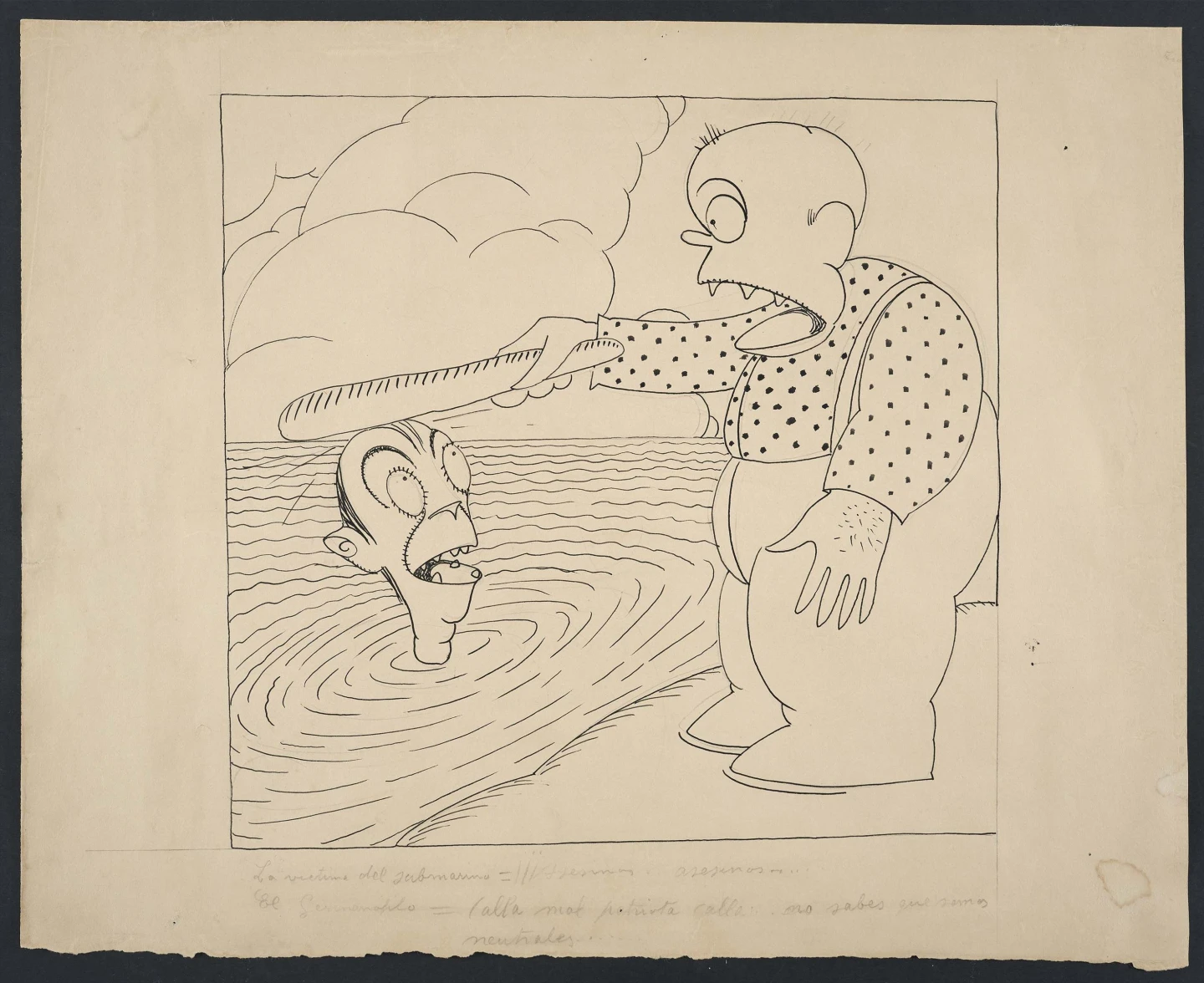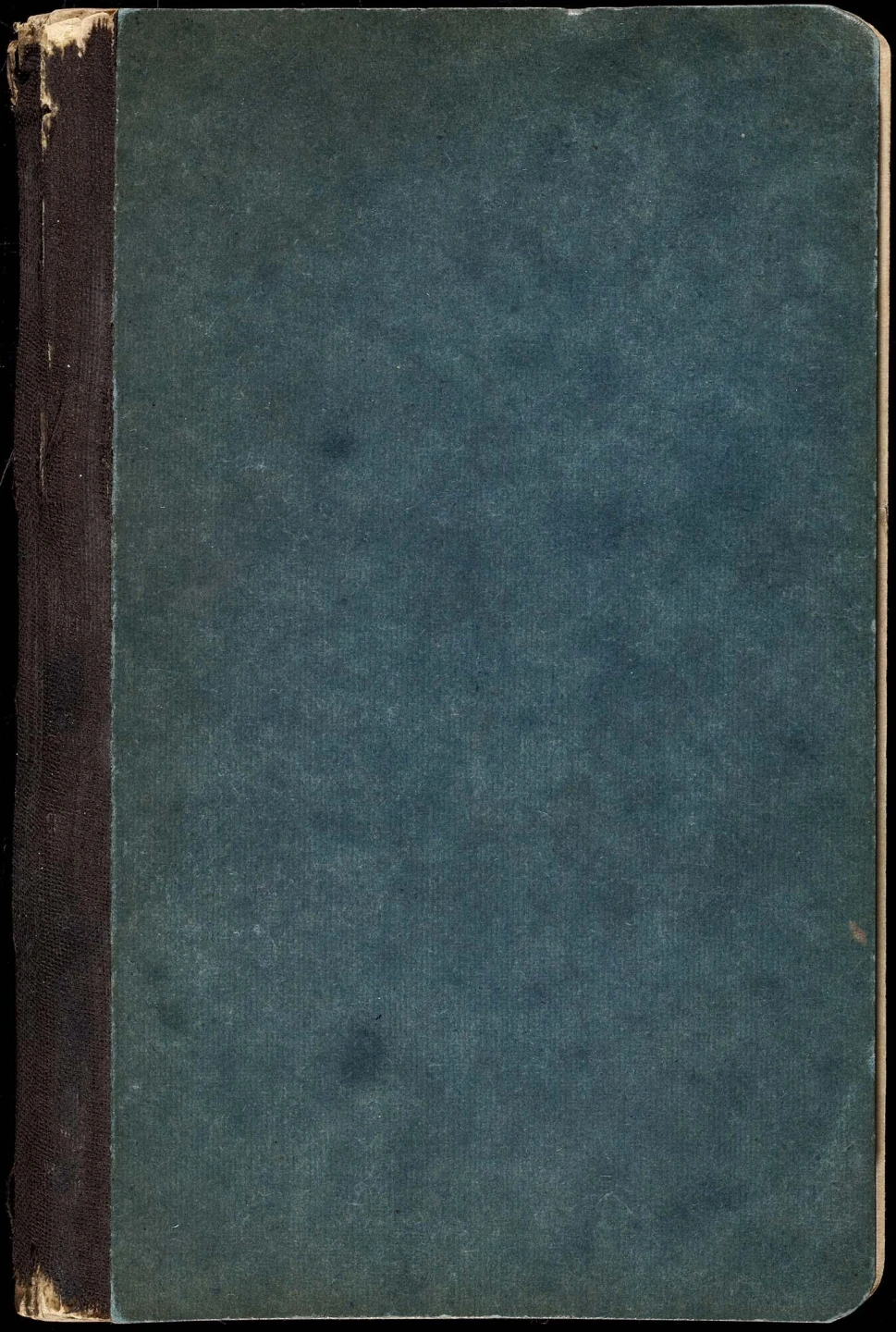Room 207.01
Barcelona, Neutral City
Spain’s neutrality in the First World War turned the city of Barcelona into a space that was conducive to intellectual encounter, economic exchange and political debate. In close proximity to France, the city almost doubled its population in the years of conflict, driving forward a bourgeois urban expansion that had begun with the creation of the Ensanche. The two factions inflaming the conflict found a space from which to deploy their positions — this was the logic behind the Exposición de Legionarios (Exhibition of Legionaries), organised in 1917 in support of the Spanish volunteers in the allied faction. It was also a space where the political satire of cartoons created by Lluís Bagaría dovetailed with the condemnation of Daniel Vázquez Díaz regarding the impact of the war on the civil population. The city, moreover, would become a pacific stage for another open debate throughout Europe within a cultural framework: while Sergei Diaghilev’s Ballets Russes landed in the city, unfurling a new classicism that brought the avant-garde closer to high culture, the historic fight between Dadaist Arthur Cravan and boxer Jack Johnson would receive unprecedented media attention, a reflection of the existence of social strata with less elevated interests in the sphere of the spectacle and also the advance of Dada nihilism during the war.
Such a milieu would lead, after 7 August 1914, the date on which Spain announced its neutrality in the war, to the arrival of exiles, pacifists and artists who conferred cosmopolitanism and fervour on the cultural scene and night-life in Barcelona: creatives who shunned Cubism, for instance Olga Sacharoff, Francis Picabia, Marie Laurencin and the Gleizes and the Delaunays, settled in the city. The most radical local artists and poets echoed this cultural ebullience and the surge of publishing and the graphic arts, which afforded them a space from which to publish their works in magazines such as Enemic del Poble, edited by Joan Salvat-Papasseit, and Troços, run by Josep Maria Junoy.
11 artworks


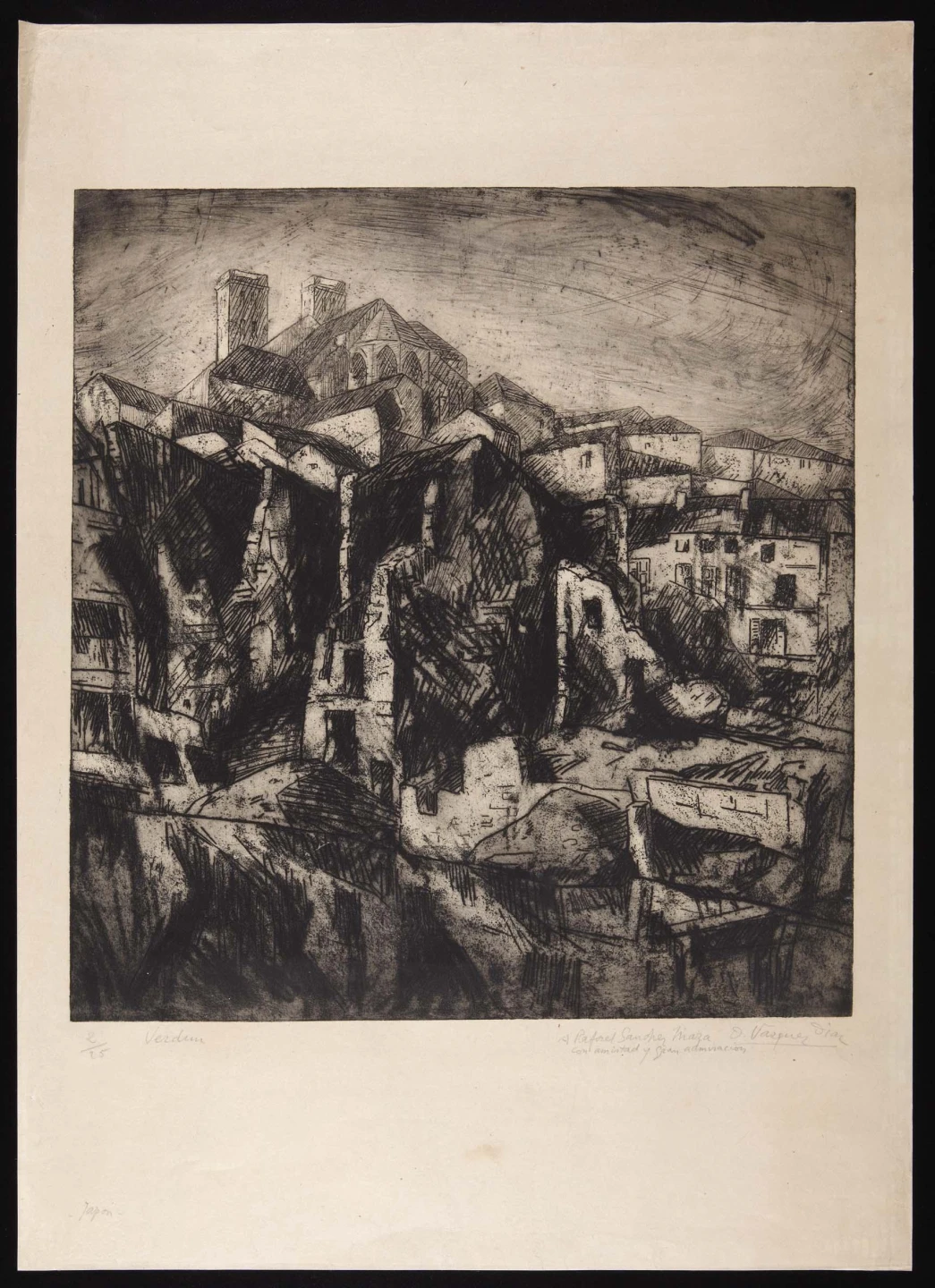

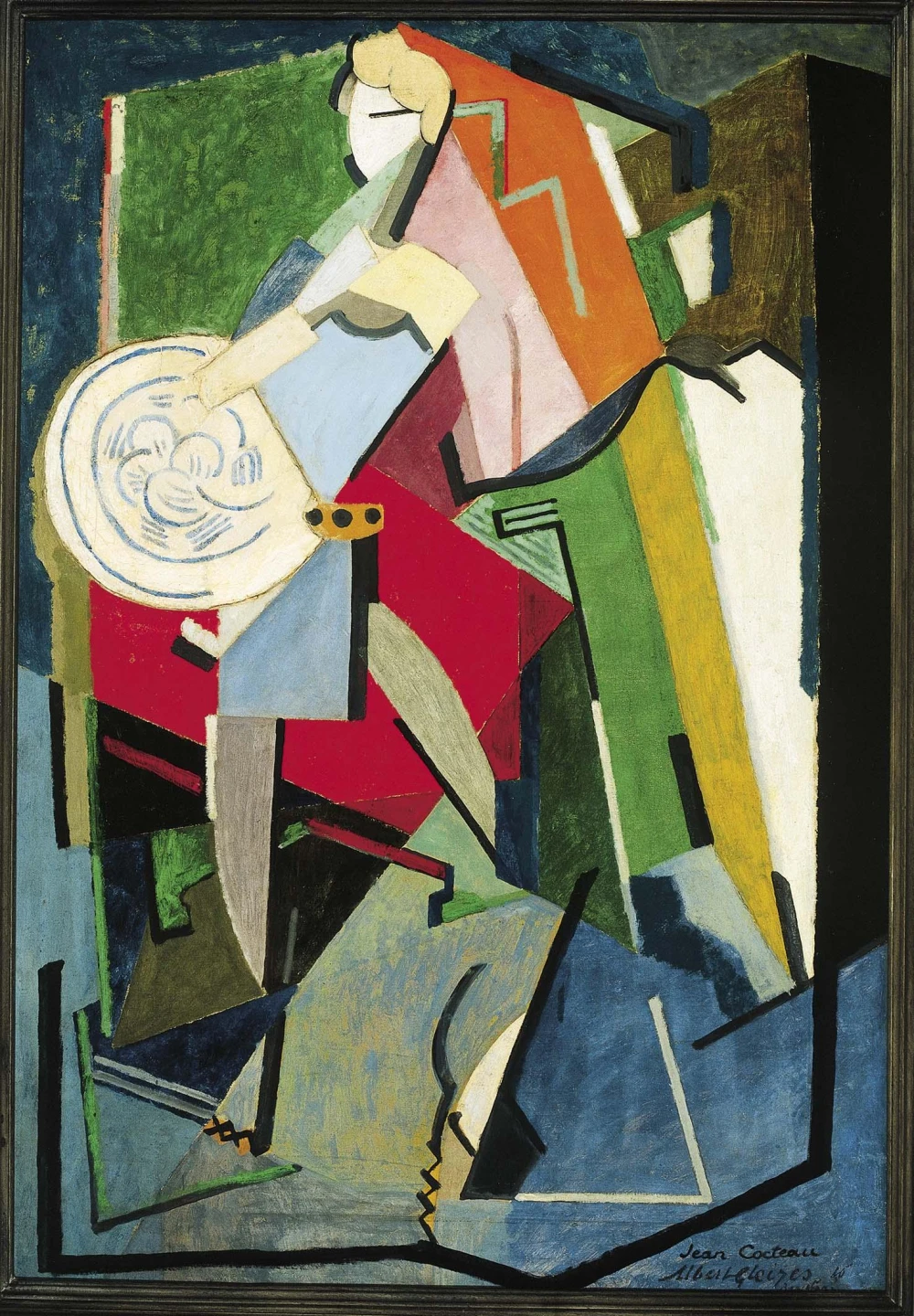
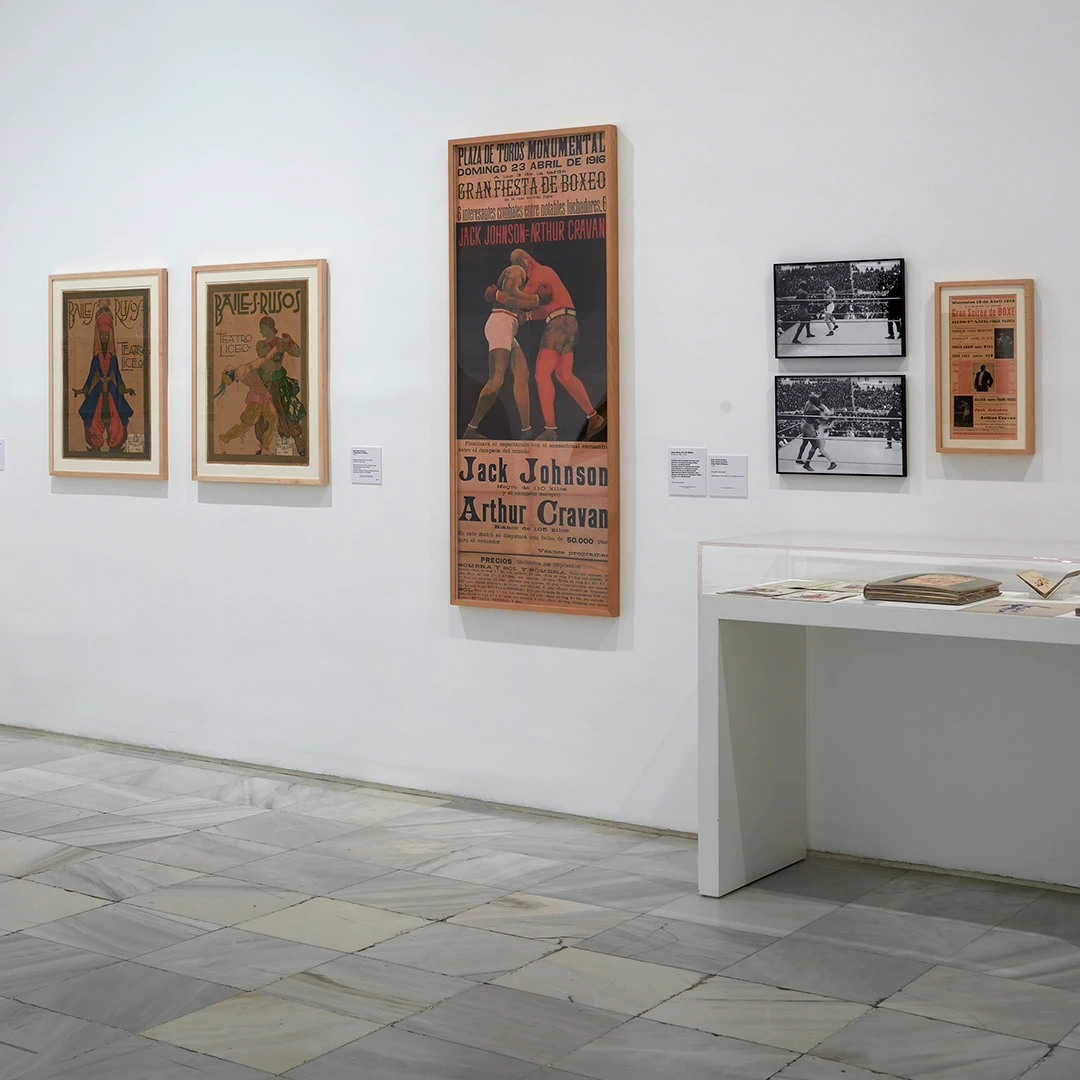
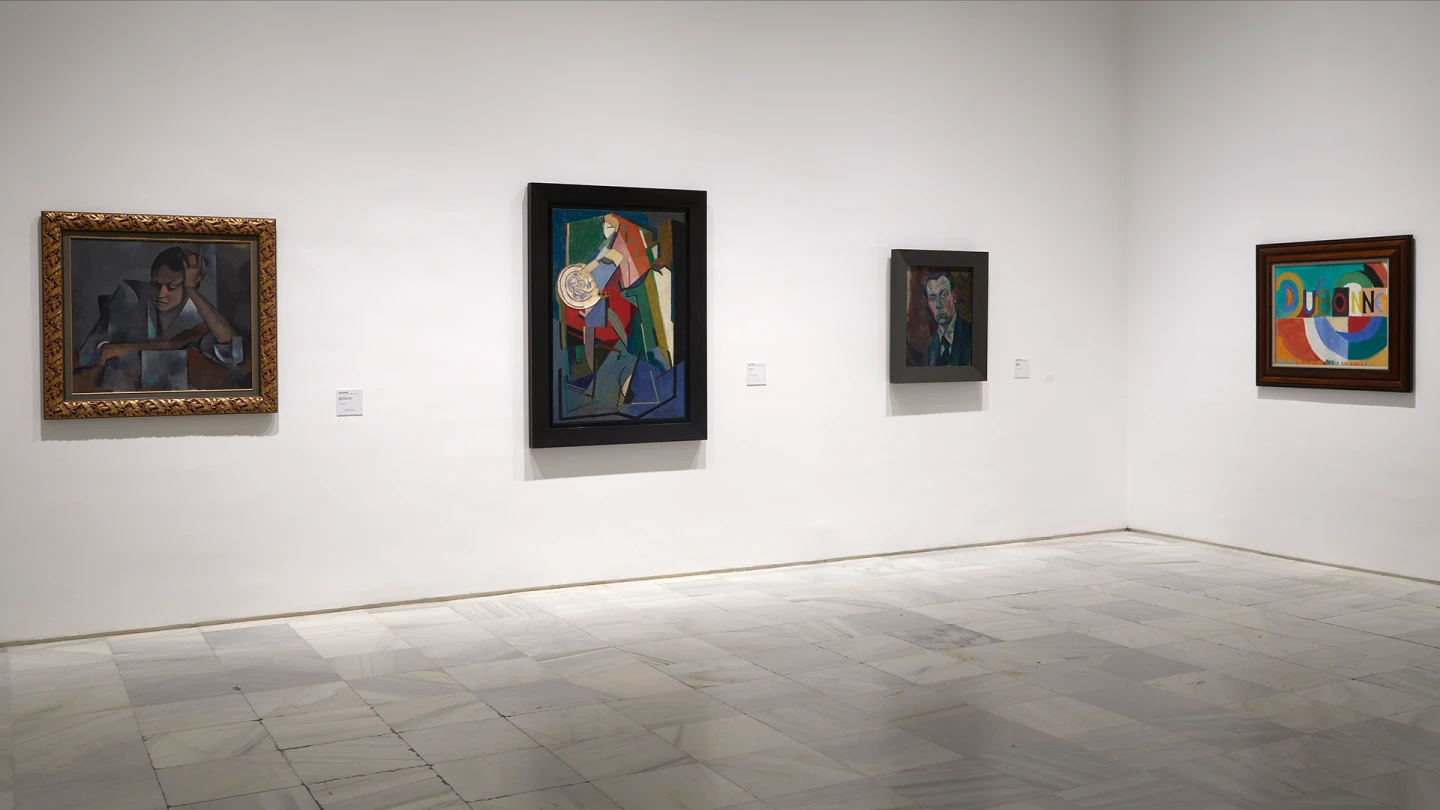
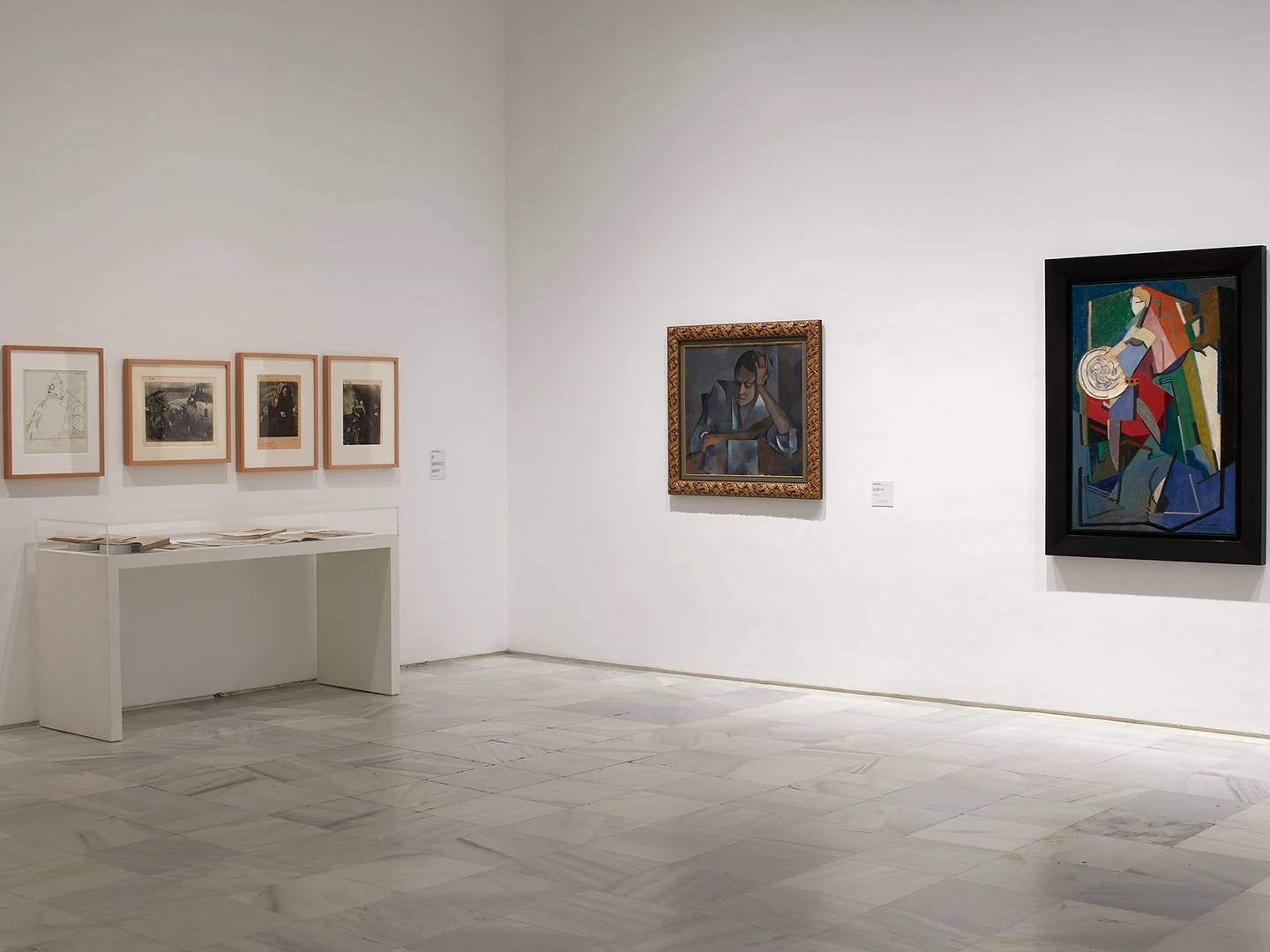
Room 206.03
Carl Einstein. The Masses Are the Artist
Room 207.02
Dalmau Gallery
